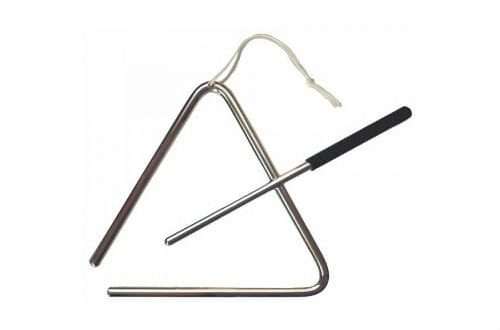How to choose accompaniment for a song?
Contents
Any song will be sung if the performer is offered support in the form of accompanying instrumental accompaniment. What is accompaniment? Accompaniment is the harmonic accompaniment of a song or instrumental melody. In this article we will talk about how to choose accompaniment for a song.
In order to choose an accompaniment, you must be guided by two basic rules and principles that are used when writing music. First: absolutely any work is subject to certain musical laws. And second: these patterns can easily be violated.
Essential Basics for Choosing Accompaniment
What do we need if we decide to choose an accompaniment for a song? Firstly, the vocal melody of the song itself – it must be written down in notes, or at least you need to learn how to play it well on an instrument. This very melody will have to be analyzed and, first of all, to figure out in what key it was written. The tonality, as a rule, is most accurately determined by the last chord or note that concludes the song, and almost always the tonality of a song can be determined by the very first sounds of its melody.
Secondly, you need to understand what musical harmony is – not in a professional sense, of course, but at least by ear to distinguish between what sounds cool and what doesn’t fit at all. It will be necessary to find out something about the basic types of musical chords.
How to choose accompaniment for a song?
Immediately before choosing an accompaniment for a song, you need to listen to it in its entirety several times and break it into parts, that is, for example, into a verse, a chorus and, perhaps, a bridge. These parts are well separated from each other, because they form certain harmonic cycles.
The harmonic basis of modern songs is in most cases the same type and simple. Its structure is usually based on a chain of repeating sections called “squares” (that is, rows of repeating chords).
The next step in the selection is to identify these same repeating chord chains, first in the verse, then in the chorus. Determine the key of the song based on the fundamental tone, that is, the note from which the chord is built. Then you should find it on the instrument in low sounds (bass) so that it merges with the chord in the selected song. The entire consonance should be built from the found note. This stage should not cause difficulties, for example, if the main tone was determined to be the note “C”, then the chord will be either minor or major.
So, everything is decided with the tonality, now knowledge about these very tonalities will come in handy. You should write down all its notes, and build chords based on them. Listening to the song further, we determine the moment of change of the first consonance and, alternately changing the chords of our key, we select the appropriate one. Following this tactic, we select further. At some point, you will notice that the chords begin to repeat themselves, so the selection will go much faster.
In some cases, music authors change the key in one of the verses; don’t be alarmed; this is usually a decrease in tone or semitone. So you should also determine the bass note and build a consonance from it. And subsequent chords should be transposed into the desired key. Having reached the chorus, guided by the same scheme for selecting accompaniment, we solve the problem. The second and subsequent verses will most likely be played with the same chords as the first.
How to check the selected accompaniment?
After completing the selection of chords, you should play the piece from beginning to end simultaneously with the recording. If you hear an erroneous chord somewhere, mark the place without stopping the game, and return to this place after completing the piece. Having found the desired consonance, play the piece again until the game sounds identical to the original.
The question of how to choose an accompaniment for a song will not cause complications if you improve your musical literacy from time to time: learn not only to read notes, but also figure out what chords, keys, etc. exist. You should constantly try to train your auditory memory by playing well-known works and selecting new ones, ranging from simple ones to the selection of complex compositions. All this will at some point allow you to achieve serious results.



